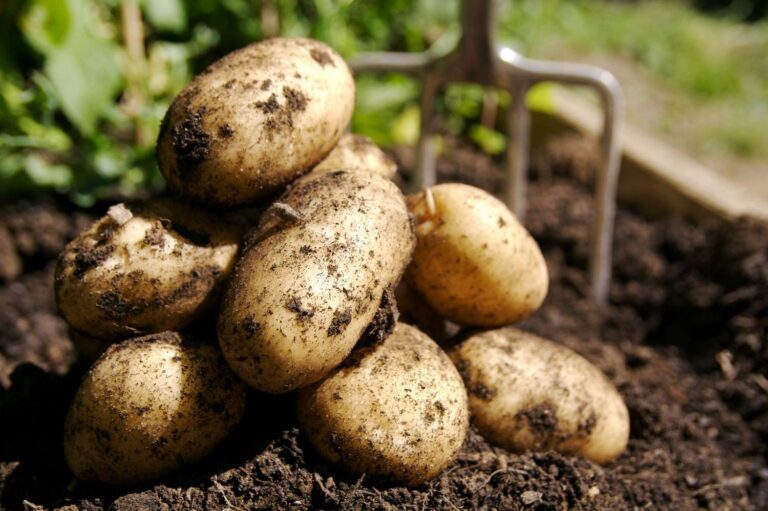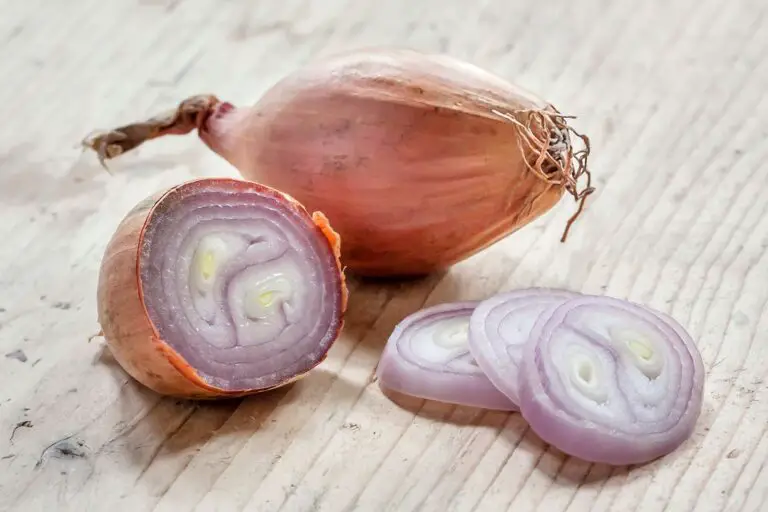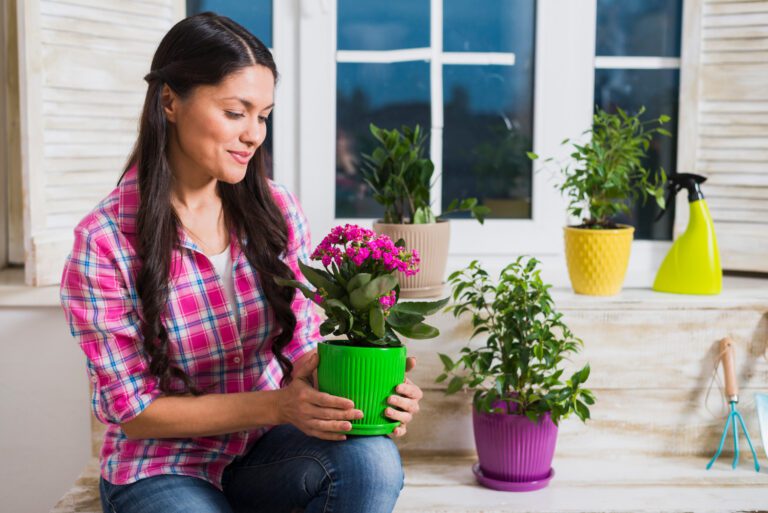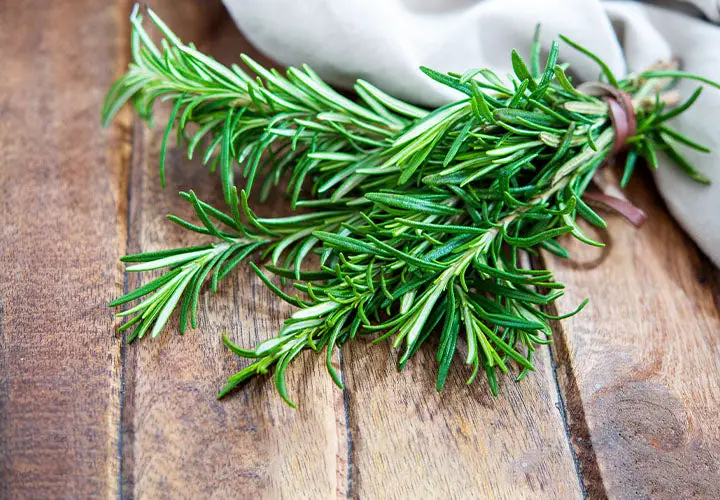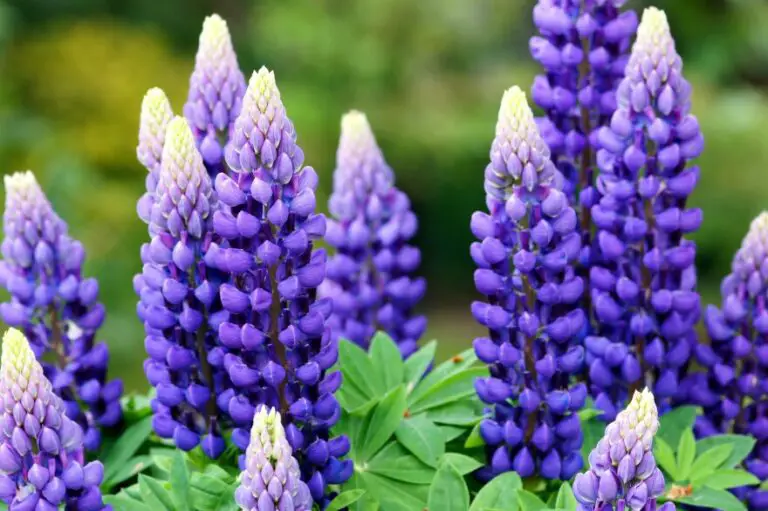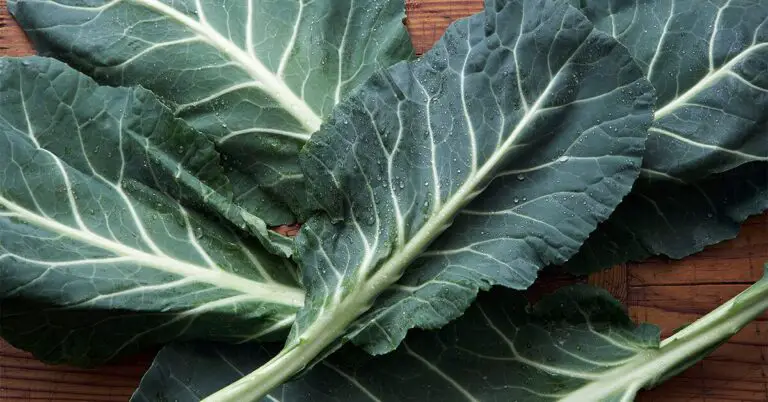Growing Basil: An Herb Garden Staple
Table of Contents
Companion Planting with Basil: The Best and Worst Plants to Grow alongside this Herb
Basil is not only a popular herb for culinary use but also a beneficial companion plant in the garden. When deciding which plants to grow alongside basil, it’s essential to consider their compatibility in order to achieve the best results. By choosing suitable companions, you can enhance the growth, health, and flavor of your herbs and vegetables.
One of the best plants to grow alongside basil is tomatoes. These two plants have a symbiotic relationship, as basil can help repel pests that commonly affect tomatoes, such as aphids and whiteflies. Additionally, basil’s aromatic compounds can improve the flavor of tomatoes, making them even more delicious. Another beneficial companion for basil is peppers. Together, they can deter pests like aphids and spider mites, leading to healthier plants and better yields. The strong scent of basil also helps mask the smell of peppers, reducing the chances of attracting unwanted insects.
On the other hand, there are plants that are not recommended to be grown alongside basil. One example is rue, which is known to inhibit the growth of basil. These two plants release substances that can hinder each other’s development. Another plant to avoid growing near basil is fennel. Fennel produces chemicals that can negatively affect the growth and flavor of basil. It’s important to consider these factors when planning your garden layout to ensure optimal growth and harmony among your plants.
In conclusion, selecting the right companion plants for basil can significantly benefit your garden and improve your overall harvest. By choosing plants such as tomatoes and peppers, you can promote healthier growth and deter pests. However, it’s important to avoid planting basil near incompatible plants like rue and fennel. Taking these considerations into account will help you create a thriving garden that maximizes the benefits of companion planting. So, why not explore the possibilities of planting basil alongside other herbs and vegetables today?
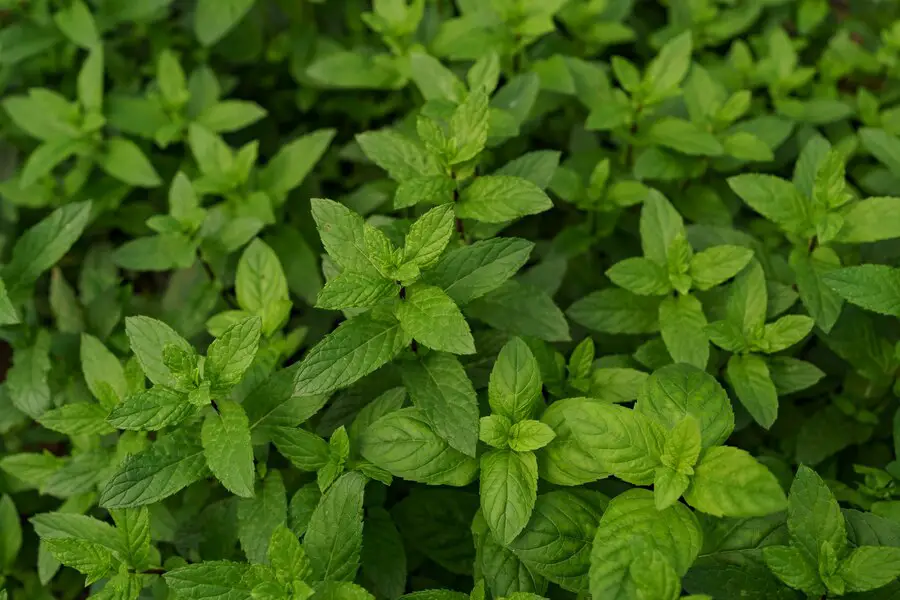
Basil in
Basil is an herb known for its aromatic leaves and wide range of culinary uses. Its popularity in gardens is due to its ability to thrive in various growing conditions, including hydroponic systems. With its versatility, many gardeners wonder which plants can best complement basil in their gardens.
One excellent companion plant for basil is tomatoes. These two plants not only share similar growing conditions, but they also enhance each other’s flavors. Research has shown that basil enhances the taste of tomatoes, making them even more delicious when used together in recipes. Additionally, planting basil near tomatoes can help to repel pests that often afflict tomato plants, such as aphids and whiteflies. This natural pest control method can help to keep your tomato plants healthy and thriving.
On the other hand, there are some plants that may not be suitable companions for basil. While basil is generally compatible with many plants, it is best to avoid planting it near members of the brassica family, including cabbage and broccoli. These plants can emit chemicals into the soil that may inhibit the growth of basil. Similarly, basil may also have a negative effect on the growth of rue, so it is best to keep them separate in your garden.
Overall, when considering companion planting with basil, it is important to choose plants that will enhance its growth and flavor. By selecting the right companions, you can create a thriving and bountiful garden that will delight both your taste buds and your senses.
Certainly! Here’s a table highlighting some of the best companion plants to grow alongside basil, as well as a few to avoid:
| Companion Plant | Benefits |
|---|---|
| Chamomile | Increases essential oil strength in basil, enhancing its flavor and acting as a pest deterrent. |
| Chives | Enhances basil’s essential oils, making it more flavorful in culinary applications. |
| Oregano | Strengthens basil’s essential oils, improving its flavor and aiding in pest control. |
| Tomatoes | Basil and tomatoes thrive together, benefiting each other’s growth and flavor. |
| Bell Peppers | These peppers complement basil well and create a harmonious garden environment. |
| Asparagus | Basil helps repel asparagus beetles, making them great companions. |
| Marigolds | Repel pests like aphids, Japanese beetles, and slugs, benefiting basil and other plants. |
Avoid planting basil next to:
- Sage: Basil and sage don’t make good neighbors.
- Rue: Basil should not be planted alongside rue.
Remember, thoughtful companion planting can enhance your garden’s health and productivity.
Please do watch video!
What are some common pests that can affect basil plants?
Common pests that can affect basil plants include aphids, spider mites, whiteflies, and cutworms.
Can basil be grown indoors?
Yes, basil can be successfully grown indoors as long as it receives sufficient sunlight or artificial lighting and is provided with well-draining soil.
How often should I water my basil plants?
Basil plants prefer consistently moist soil, so it is important to water them regularly. Depending on the weather and specific conditions, watering every 2-3 days is usually sufficient.
Is it possible to grow basil from seeds?
Yes, basil can be grown from seeds. Sow the seeds in a well-prepared soil or seed-starting mix and keep them moist until germination occurs, which usually takes about 7-10 days.
Can I use basil leaves immediately after harvesting them?
Yes, basil leaves can be used immediately after harvesting, as they are most flavorful when fresh. However, you can also store them in the refrigerator for a few days in a sealed container or freeze them for longer-term storage.
Can I grow basil alongside other herbs?
Yes, basil can be grown alongside other herbs, and it often benefits from companion planting. It pairs well with herbs like parsley, oregano, and thyme, as they have similar growth requirements.
How tall does basil typically grow?
The height of basil plants depends on the variety, but most cultivars reach a height of about 12-24 inches (30-60 cm). However, some dwarf varieties may stay smaller, around 6-12 inches (15-30 cm).
Can I grow basil in a container or pot?
Yes, basil can be grown in containers or pots, making it a great choice for those with limited garden space. Make sure the container has good drainage, and use a well-draining potting mix.
Is it necessary to fertilize basil plants?
Basil plants are relatively low-maintenance and typically do not require much fertilizer. However, you can apply a balanced organic fertilizer once or twice during the growing season to promote healthy growth.
Can I harvest basil throughout the growing season?
Yes, you can harvest basil throughout the growing season. Regularly harvesting the leaves encourages bushier growth and prolongs the plant’s productivity.

Nicole Burke is a dynamic writer at SouthElMonteHydroponics, fueled by her passion for horticulture and environmental sustainability. Armed with a degree in Environmental Science from a renowned institution, Nicole’s expertise lies in hydroponic gardening, organic farming, and biodiversity conservation. Her insatiable curiosity and love for nature drive her to explore innovative techniques in hydroponics, seeking to revolutionize the way we grow crops in urban environments. Nicole’s writing reflects her deep commitment to promoting eco-conscious practices and fostering a deeper connection between humans and the natural world. Through her engaging storytelling, she inspires others to embrace sustainable living and harness the power of hydroponics for a greener future.

